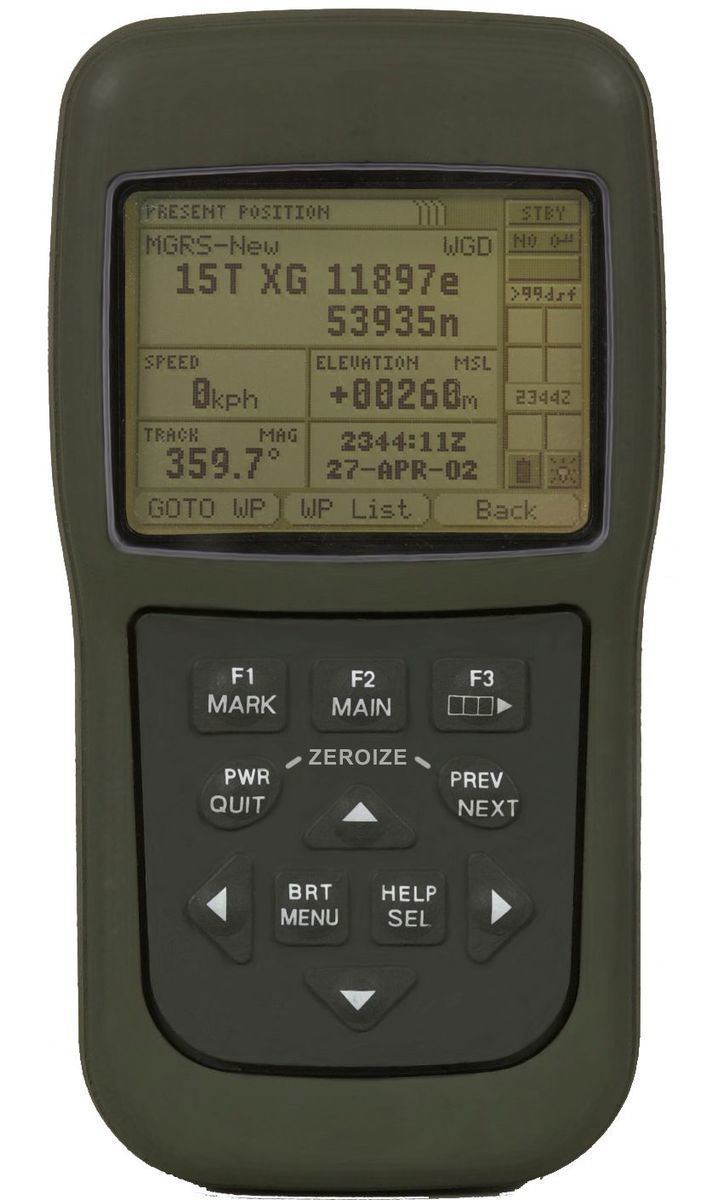 | ||
The AN/PSN-13 Defense Advanced GPS Receiver (DAGR; colloquially, "dagger") is a handheld GPS receiver used by the United States Department of Defense and select foreign military services. It is a military-grade, dual-frequency receiver, and has the security hardware necessary to decode the encrypted P(Y)-code GPS signals.
Manufactured by Rockwell Collins, the DAGR entered production in March 2004, with the 40,000th unit delivered in September 2005. It was estimated by the news source Defense Industry Daily that, by the end of 2006, the USA and various allies around the world had issued almost $300 million worth of DAGR contracts, and ordered almost 125,000 units. The DAGR replaced the Precision Lightweight GPS Receiver (PLGR), which was first fielded in 1994.
Due to the COMSEC electronics inside the DAGR, it is against US federal law (Title 18, United States Code, sections 641, 793, 798, and 952) for any individual or organization not authorized by the National Security Agency (NSA) to purchase or be in possession of the device. When devices are no longer useful or operational, they are to be returned to an NSA-approved vendor (usually the original supplier), where they are destroyed.
Rockwell Collins also manufactures a GPS receiver known as the "Polaris Guide", that looks like a DAGR, but uses only the civilian C/A code signals. These units are labelled as "SPS", for "Standard Positioning Service", and may be possessed by non-military users.
